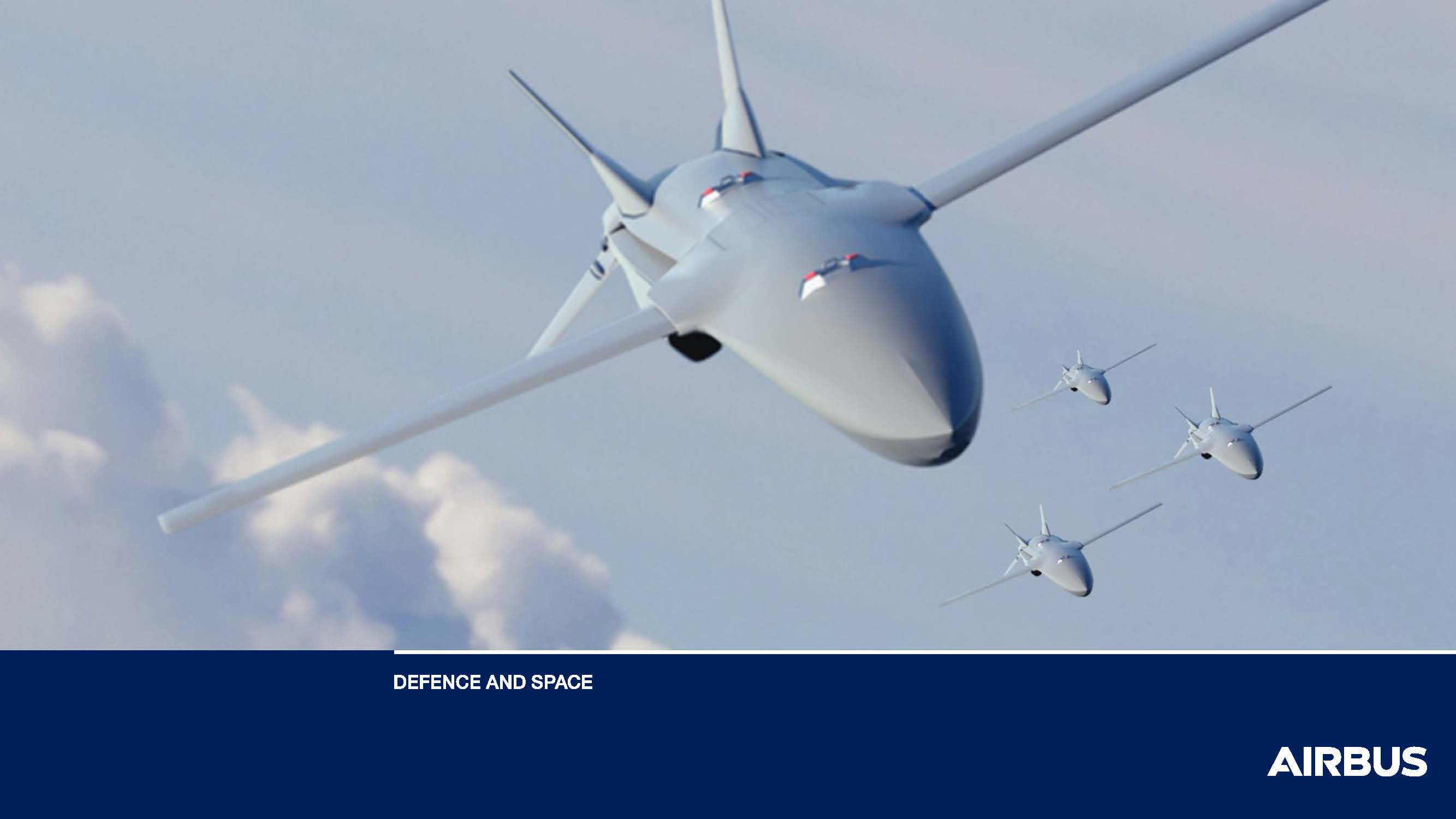By Pierre Tran
Paris
Negotiations are being held with electronics company Thales and European missile maker MBDA on joining Airbus and Dassault in a joint concept study for the Future Combat Air System, said a source who declined to be identified.
The industrial partners aim to decide who does what, for how much, and with whom, said the source, adding, “We are not far from an agreement.”
Airbus and Dassault Aviation, which signed a contract Jan. 31, 2019 with the French and German governments, have agreed on their respective roles in the two-year joint concept study.
French Armed Forces minister Florence Parly, in the company of her German counterpart Ursula von der Leyen, announced Feb. 6 the study, worth €65 million ($74 million). The ministers were visiting Safran’s engine plant at Gennevilliers, just outside the capital.
Parly also announced a €115 million contract for a feasibility study, dubbed Turenne 2, in which Safran will develop new turbine blades for the M88 engine, which powers the Rafale fighter jet.
The new blades are expected to boost the M88’s thrust to nine tons compared to the present 7.5 tons.
Safran and its German partner MTU signed, during the ministerial visit, a cooperation agreement to build engines for a Next Generation Fighter, with Paris and Berlin expected to sign this year a contract for an engine demonstrator for the future fighter.
The joint concept study seeks to define architecture and concepts of the Next Generation Fighter, a pack of “remote carriers,” and missiles. These elements are due to be hooked up in the Future Combat Air System, a system of systems.
A demonstrator for the new fighter is expected in 2025/26, with the aircraft due to enter service in 2040, the source said.
French, German and Spanish officers gathered Feb. 20 at the offices of Dassault at St Cloud, just outside the capital, in the “kick-off” meeting for the study.
Airbus and Dassault executives also attended.
Spain signed a letter of intent Feb. 15 to join France and Germany, and that is expected to be firmed up to a memorandum of understanding. The Spanish Airbus unit is likely to be the industrial partner.
The partner nations expect to announce at the Paris air show contracts for studies for a demonstrator for the planned fighter, and research and technology for an engine and remote carriers.
Other studies may also be unveiled.
Dassault will take the lead role in the new fighter, which will replace the Rafale and Eurofighter Typhoon.
The new fighter is expected to be in the 30-ton class and be between 15-20 meters long.
The French version will be able to land on aircraft carriers.
For French planners, there are four classes of remote carriers, comprising a large drone weighing several tonnes, a cruise missile, a Smart Glider and a variety of smaller remote systems. That compares with the US, which has drawn up a framework encompassing some 15 different remote carriers.
A remote carrier is an unmanned system which would fly in a first wave of attack and seek to destroy, confuse or disable enemy systems, allowing manned aircraft to fly in.
MBDA unveiled at the previous Paris air show in 2017 its Smart Glider concept, a family of low-cost, unpropelled weapons deployed in “packs” while interconnected with manned aircraft.
The new fighter will be capable of air-to-air, air-to-ground missions and carry a nuclear weapon for the French forces.
Currently, for the Germans, the Tornado can carry the B61 nuclear bomb, with the German government considering the Tornado replacement.
“We, as Dassault Aviation, will mobilize our competencies as system architect and integrator, to meet the requirements of the nations and to keep our continent as a world-class leader in the crucial field of air combat systems,” Dassault executive chairman Eric Trappier said Feb. 6.
Dirk Hoke, chief executive of Airbus Defence and Space, said, “Both companies are committed to providing the best solutions to our nations with regard to the New Generation Fighter as well as the systems of systems accompanying it.”
Officers of the French Direction Générale de l’Armement procurement office, air force and navy, and their German and Spanish counterparts attended the Feb. 20 meeting at St Cloud.
And the at the Paris air show to be held from June 17-23 is where the companies promised to showcase demonstrators.
Editor’s Note: The question of using remotes as the initial entry platform will require low observability, engines which can support low observability, secure data links which can operate in a severely contested environment, and an ability to be appropriately weaponized, and in the case of having non-lethal means of destruction, effective small power plants.
And of course, the remotes will need to operate in a GPS jammed environment as well.


